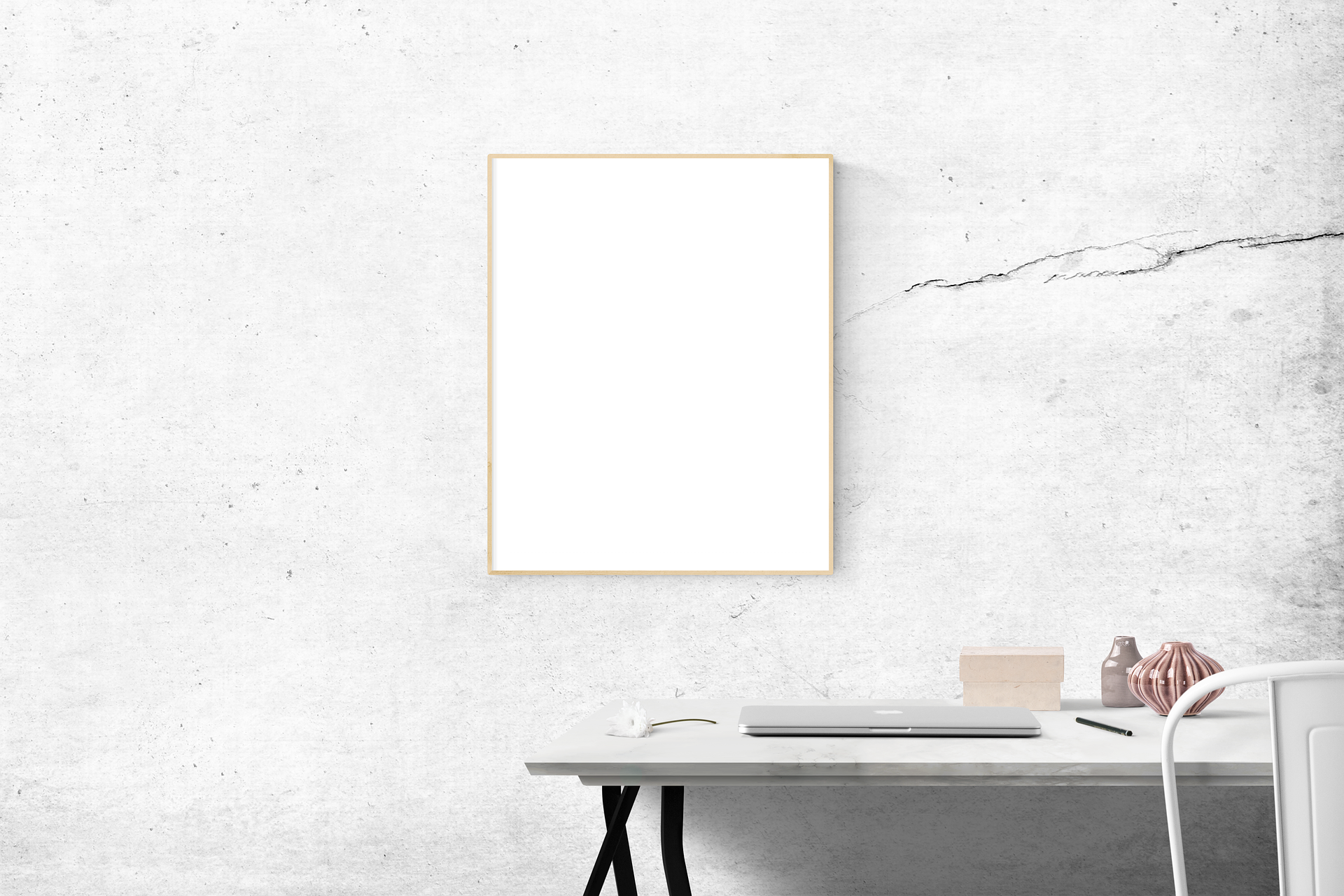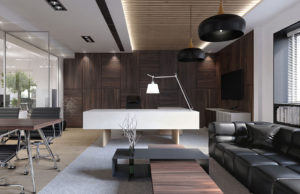
Your workspace is vital to your productivity
If you are not sure about how important the design and feel of your workspace is, then look around you.
There have been numerous studies and reports on workspaces examining which varieties produce the best results in comfort, productivity and offer a sense of belonging.
The layout of a workspace goes beyond the details of the desk and whether it is a modern one made from steel and glass, a retro oak desk with a timber wood stain or a fully adjustable and ergonomic workstation.
The entire workspace needs to work together to create a mood and atmosphere that is welcoming and yet invigorating to the work that needs to be produced there.
Here are some tips for designing your ultimate workspace and ways to deal with the issues that you will encounter on the way.
The results of the best workplace designs
With the issues of stress and associated burnout, the workspace can include calming and relaxing elements that do not impinge on overall productivity.
The physical world of the workplace often needs to incorporate a range of different workspaces but needs to have a unifying look and feel to it.
A cramped and crowded area seems to promote disorganisation and disorder that invokes a stressful environment that is neither inviting nor productive.
Even a home office, which most of the workforce has needed to adopt during the Covid restrictions, must be supportive of the idea of a calm and welcoming place to work irrespective of its size.
The layout and design of any workspace needs to have the user at the top of mind. Knowing which tasks will be performed in that given area and how best to accommodate and encourage the work ethic needed to produce the best results heavily rely on the layout of the space.
The key elements to a productive workspace
Designing a workspace that is productive, inspiring and an enjoyable place to work is easier when you break down all the components of what is needed.
You will have a better outcome if you put the right ingredients into the overall design. These include;
- Light – this can be a mix of both natural and artificial lighting. The more natural light, the better the feeling of calm and connection. The brightness of the lighting needs to be focussed, muted where required and complementary to the position of the desk or workstation and any screens.
- Access – A cluttered and awkward workspace design immediately brings a mood of frustration and negativity to the space. Clear and uninhibited access to all work materials and resources (equipment, paperwork, archives, etc.) makes for a more productive work process.
- Furniture and furnishing – this is where comfort comes into play. Place desks in the ideal position of the room. Choose chairs with back support with the ability to be adjusted to the individual. This is most important when it comes to home office chairs and desks.
- Colour scheme – the overall colour of the workspace is integral to setting the mood. Vibrant and strong colours that contrast too heavily can bring a sense of conflict and agitation. Warm and soft colours are more conducive to a serene and welcoming environment.
- Materials – the choice of materials is often down the list of priorities and often overlooked when it comes to creating a workspace. Having a practical yet stylish set of materials builds a cohesive look to the space. As with the colour scheme, contrasting and conflicting materials can conjure a disjointed feel to the room.

An important thing to consider when choosing natural materials such as timber desks and flooring is the particular shade of wood and furniture polish.
A dark or heavy stain alludes to a serious and demanding workspace. A lighter polish such as a Merbau stain or using golden or grey timber can be uplifting and energising.
The workspace as a focal point
A common mistake in workspace design, especially in the case of a home office, is ignoring the senses of sight and sound.
In order to be able to concentrate and remain on task, there should be as little distraction as possible. This also includes the interruptions that come with varying levels of noise.
While it may not be practical to design a sound-proof area, it is important to use elements of sound reduction and thereby limit the disruption to the workflow.
Consider the likelihood of phone calls and where those calls can be taken in private, the sounds of office equipment and how to minimise their effect on the person at the desk.
There are additional questions to answer when sitting within the workspace;
- What does the person see? Is it a bare wall, a picture, a window or a mix of equipment, cabling and folders?
- Is there a clear space around the work area or are there distracting items that draw the eye away from the desk?
- Will the workspace be constantly buzzing with different sounds, be easily adapted in order to control noises or be dead quiet and sterile?
- Is the area cramped, too spacious and airy, or a cosy and inviting environment in which to work?
A person spends the vast majority of the workday at their desk or workstation. That time needs to be invigorating without being overly stimulating and give them space to move about comfortably and securely.
The position of the desk to any doors and ‘through traffic’ is important. No one works well with others passing them constantly, especially from a position behind them. Instinctively, we are vulnerable to anything that approaches us from the rear. A clear view of any doorway is integral to creating a calm and comfortable feel.
The personal touch in workspace design
There is no ‘one size fits all’ solution to workspace design.
Different personalities require different needs.
Clear and clean lines are optimal for some people but can actually be off-putting for others.
A large desk area is ideal for those who like to have paperwork and notes beside them, but a smaller desk is better for those who prefer to keep their area compact and minimalistic.
Being able to add personal touches to the space such as photos, ornaments and knickknacks, even plants and other decorations can bring a sense of owning that space.
A sterile environment can dampen opportunities for nurturing and exploring creativity and inspiration.
Any physical work environment needs to offer a sense of belonging.
Having the chance to concentrate on what tasks need to be done and feel the motivation to perform to our best is integral to the look, feel and layout of a workspace.
By taking into account the key elements of workspace design and minimising stress and distraction, there is every chance to bring forth a calm, comfortable and inspiring setting that produces the best work.








